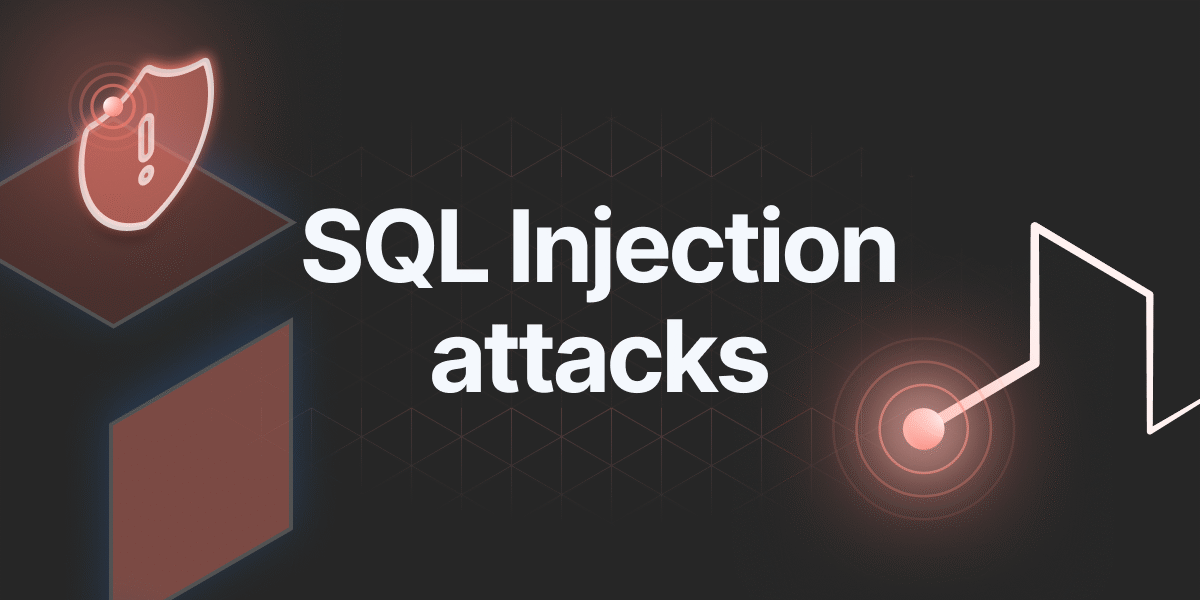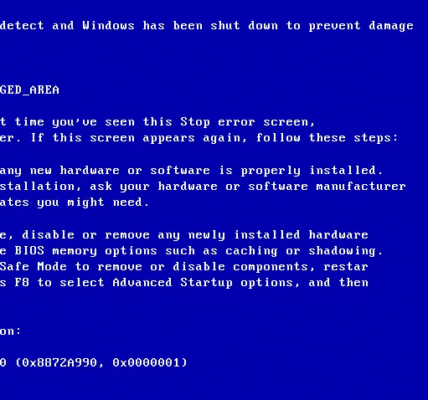What is SQL Injection (SQLi) and How to Prevent It: A Comprehensive Guide

What is SQL Injection (SQLi) is one of the most critical and widespread vulnerabilities in the realm of cybersecurity. It targets the database layer of web applications, exploiting poor coding practices and gaps in input validation to execute malicious SQL queries. This vulnerability has been responsible for numerous high-profile data breaches, making it a major concern for developers and cybersecurity professionals alike. In this post, we will dive into what SQL Injection is, how it works, and, most importantly, how to protect your web applications from this dangerous attack.
What is SQL Injection (SQLi)?
SQL Injection (SQLi) is a type of cyberattack in which an attacker inserts or “injects” malicious SQL statements into an entry field for execution (such as a login form or search bar). These SQL statements can manipulate the database, allowing attackers to access sensitive data, bypass authentication, and even execute administrative operations on the database, such as deleting records or modifying user privileges.
At its core, SQLi attacks exploit improperly sanitized user input, allowing attackers to manipulate SQL queries that are then processed by the backend database.
How Does SQL Injection (SQLi) Work?
SQLi works by injecting malicious SQL code into a vulnerable web application’s input fields, typically where user data is submitted, such as forms or URL parameters. When a web application fails to properly sanitize and validate the user’s input, the malicious SQL code is included in the database query. This could lead to various consequences such as:
- Data Theft: Attackers can extract sensitive data, such as usernames, passwords, credit card details, or even personal information.
- Authentication Bypass: SQLi can be used to bypass login mechanisms, granting unauthorized access to systems or user accounts.
- Data Manipulation: Attackers may delete, alter, or insert data into the database, leading to data corruption or loss.
- Database Control: In some cases, attackers can gain full control of the database and execute arbitrary commands, potentially compromising the entire server.
For example, an attacker might input the following into a login form:
' OR '1'='1
If the web application is not properly sanitizing the input, this query could bypass authentication by modifying the SQL query to always evaluate to true, granting unauthorized access.
Types of SQL Injection Attacks
There are several different types of SQL Injection attacks, each with its own method of exploiting vulnerabilities:
1. In-band SQL Injection (Classic SQLi)
This is the most common type of SQLi, where the attacker is able to use the same communication channel (such as a form or URL) to both launch the attack and receive the results. This can be further categorized into:
- Error-based SQLi: The attacker exploits error messages returned by the database to gather information about the structure of the database.
- Union-based SQLi: The attacker uses the
UNIONoperator to combine results from multiple queries into a single response, allowing them to extract data from other tables in the database.
2. Blind SQL Injection
In this type of SQLi, attackers do not receive any error messages or direct feedback from the application. However, they can still exploit the vulnerability by sending different inputs and observing the behavior of the application (e.g., response time or page content changes) to infer information about the database.
There are two main subtypes:
- Boolean-based Blind SQLi: The attacker sends a query that returns different results based on a true or false condition, and by observing the response, they can infer the structure of the database.
- Time-based Blind SQLi: The attacker sends queries that cause a delay (e.g., a
WAITFOR DELAYcommand) to check for a response time difference, helping them infer information.
3. Out-of-Band SQL Injection
This type of attack involves the attacker using different channels to retrieve data from the server, such as sending DNS or HTTP requests to an external server controlled by the attacker. This method is often used when in-band methods are not available due to restrictions like a lack of error messages or limited feedback.
Common Signs of SQL Injection Vulnerabilities
To detect SQL injection vulnerabilities in your web application, look for the following signs:
- Improper Input Validation: Web applications that do not sanitize or validate user input are prime targets for SQLi attacks.
- Error Messages: Applications that expose detailed error messages that include database information or structure can be an indicator of potential SQLi vulnerabilities.
- Unusual Application Behavior: If your application’s behavior changes unexpectedly (e.g., unauthorized data access, data manipulation, or performance degradation), it could be the result of an SQLi attack.
How to Prevent SQL Injection (SQLi)
Preventing SQL injection is a crucial step in securing your web applications. Here are the best practices to protect against SQLi attacks:
1. Use Prepared Statements (Parameterized Queries)
Prepared statements ensure that user input is treated as data, not code. Instead of embedding user input directly into SQL queries, prepared statements separate the query structure from the user input, effectively preventing SQL injection.
For example, in PHP:
$stmt = $pdo->prepare("SELECT * FROM users WHERE username = :username AND password = :password");
$stmt->execute(['username' => $username, 'password' => $password]);
This method ensures that the user input is properly escaped and cannot alter the SQL query structure.
2. Use Stored Procedures
Stored procedures are predefined SQL queries stored in the database. They can help prevent SQLi by encapsulating the SQL logic within the database, separating it from user input.
However, stored procedures should also be written carefully, as they can still be vulnerable to SQLi if they improperly concatenate user input.
3. Validate and Sanitize User Input
Always validate and sanitize user input to ensure that it is safe to use in SQL queries. This includes:
- Whitelisting acceptable input formats.
- Removing any special characters that may be used for SQL injection, such as quotes (
') and semicolons (;). - Using regular expressions to match expected patterns (e.g., email addresses, phone numbers).
4. Limit Database Permissions
Ensure that your application’s database user has the minimum necessary permissions to perform its intended tasks. For example, if the application only needs to read data, make sure the database user does not have permissions to delete or modify data.
5. Implement Web Application Firewalls (WAFs)
A Web Application Firewall (WAF) can help block SQLi attacks by filtering out malicious traffic and blocking known attack vectors before they reach the application.
6. Regularly Update and Patch Software
Ensure that your web application, database, and server software are always up-to-date with the latest security patches. Many SQL injection vulnerabilities can be mitigated by keeping software versions current.
7. Conduct Regular Security Audits and Penetration Testing
Regular security audits and penetration testing are essential for identifying and mitigating SQL injection vulnerabilities. By testing your application’s security, you can spot vulnerabilities before attackers do.
The Impact of SQL Injection Attacks
SQL injection attacks can have severe consequences, including:
- Data Breaches: SQLi can lead to unauthorized access to sensitive customer data, intellectual property, and financial records.
- Loss of Reputation: A successful SQLi attack can significantly damage an organization’s reputation, leading to loss of trust among customers and partners.
- Financial Loss: SQL injection can result in financial losses through data theft, fraud, and legal consequences.
- Data Integrity Issues: Attackers may modify or delete critical data, leading to corruption or loss of valuable business information.
Conclusion
SQL Injection (SQLi) remains one of the most dangerous and prevalent cybersecurity threats today. However, by following best practices such as using prepared statements, validating user inputs, and limiting database permissions, you can significantly reduce the risk of SQLi attacks. Regular security testing and proactive defense measures will help ensure your web application is safe from this and other vulnerabilities.
If you’re looking to secure your web application from SQL injection and other cyber threats, CyberVolt offers comprehensive cybersecurity solutions designed to protect your data and infrastructure. Contact us today for a free security assessment!
FAQs on SQL Injection (SQLi)
Q: How can I test my website for SQL injection vulnerabilities?
A: Use automated vulnerability scanners, perform manual penetration testing, or consult with a cybersecurity expert to test for SQL injection vulnerabilities.
Q: Can SQL injection be prevented entirely?
A: While it’s difficult to achieve 100% prevention, implementing best practices such as parameterized queries, input validation, and using a web application firewall significantly reduces the risk.
Q: Can SQL injection affect only web applications?
A: No. SQL injection can also affect APIs and other systems that rely on databases for data storage and retrieval.
Protect your website from SQLi attacks with CyberVolt‘s advanced security solutions. Sign up for a free consultation and ensure the safety of your data today!




